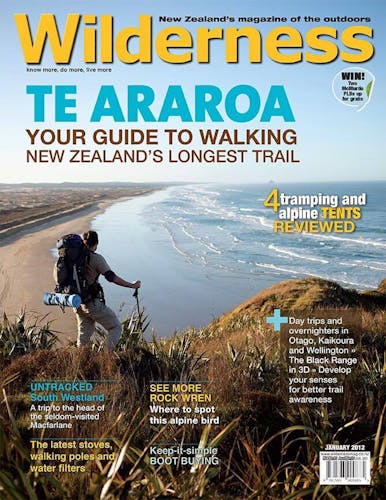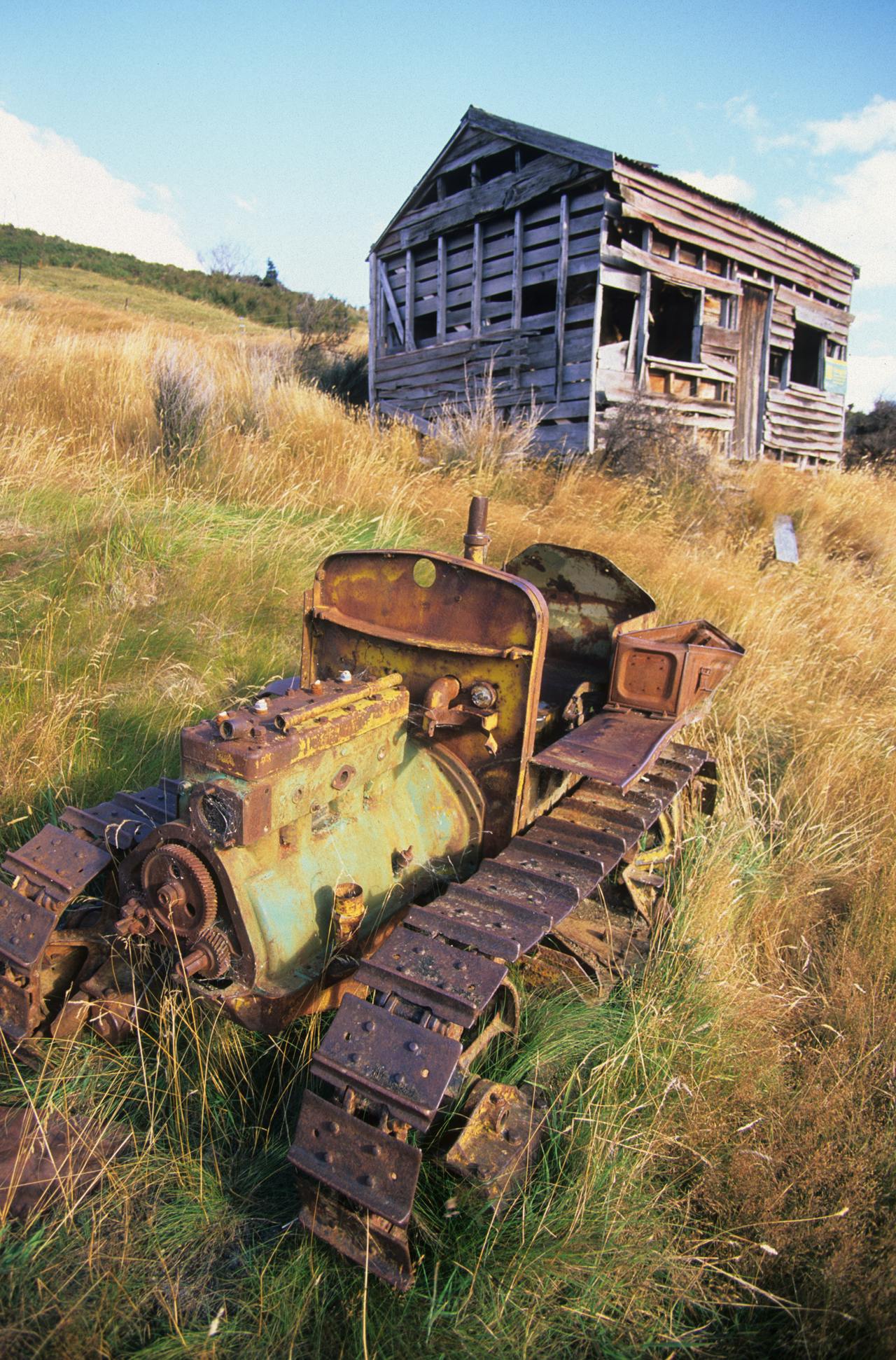- Time
- 1-3hr with overnight options
- Access
- From signposted car park on the south side of the Buckler Burn 2km south of Glenorchy. A self-guided track booklet can be purchased at the Glenorchy visitor centre for those wishing to learn more of the area’s history
- Map
- E41
Mt Judah, Whakaari Conservation Area
High up the steep schist slopes of Mt Judah at the head of Lake Wakatipu in north-west Otago lie a notable series of mine sites. For the greater part of a century they were the focus for extraction of scheelite – calcium tungstate, or ‘white gold’, as it came to be known.
Scheelite is highly valued as an additive for the hardening of steel, an attribute that was particularly sought around the world during the First and Second world wars. Now the site with its numerous historic relics; mines, huts, tractors, buckets, sheds, pipes and cables has become the Whakaari Conservation Area and has been opened up for recreational exploration.
Located just minutes from Glenorchy township, it can be easily incorporated into any visitor’s programme, including those walking the nearby Routeburn Track. The area shows a different perspective of the region’s heritage.
A marked trail curves around the lower slopes of Mt Judah and ascends to the first mine site, the State Mine, and the Glenorchy Battery, both remarkable historic icons of the era. Scheelite was discovered here in 1880s and a labyrinth of tunnels was cut into the hillside beneath the road allowing miners to extract the precious ore. The extraction area continued around into the Buckler Burn and up Bonnie Jean Creek to the 1200m contour on Mt Alaska and over onto the north-west slopes of Mt McIntosh at around 1500m.
From these scattered mines the scheelite ore was transported to the stamping batteries via cableways and pack horses under difficult and often dangerous conditions.
The small settlement of Campbeltown sprang up on the lower flats of the Buckler Burn, near Glenorchy, to house the miners and service the site. Some of the miners lived at the mine sites in one of the small rudimentary shelters that dot the slopes and that now provide additional points of historic interest and, in some cases, overnight accommodation for trampers who grind up the steep faces from the valley floor.
These huts are one of the most remarkable features of the area. Their position allows visitors stunning views over the lower Dart Valley and the peaks of Mt Aspiring National Park. Care needs to be employed up here though as it is often windy and exposed with the higher slopes carrying heavy snow during the winter months.
Bonnie Jean, Heather Jock, and the McIntosh Huts designate the various hut sites and their rustic denizens, a tangible legacy of the mining heritage of Glenorchy and the days of white gold.
– Pat Barrett








